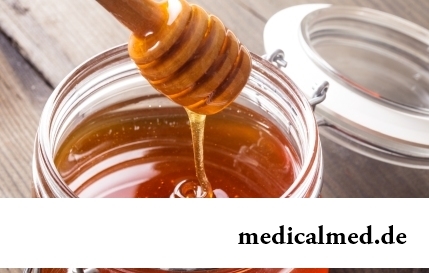





7 delicacies which are dangerous for eating
Traveling all over the world, many try to try the most exotic dishes of national cuisines. There is even a so-called gastronomic tourism which, according to gourmets, not only allows to receive new feelings, but also is capable to show life of other people from absolutely unexpected side.
Unfortunately, the similar way of knowledge of the world is not so safe: exotic dishes can not only give pleasure, but also do irreparable harm to health. Some products are so doubtful from the point of view of physicians that the authorities of a number of the countries prohibited their free sale. TOP-7 such dishes we bring to your attention.
1. Kopalkhen
Dish of the ethnic cuisine of the northern people (Chukchi, Nenets, Eskimos, Khanty). Represents the crude meat of a deer, walrus, seal, whale, duck, other animal or bird subjected to long process of fermentation under oppression and without air access. The Chukchi option is done, for example, so: carcass of a deer is immersed in a marsh bog, having pressed branches, peat and stones. The dish is considered ready in several months.
The meat which underwent such processing contains a complex of the toxics, in a popular speech called by ptomaine. It causes vomiting, a diarrhea, plentiful hypersalivation, respiratory depression and spasms. The probability of death from a serious poisoning is very high for any person who is not accustomed to similar food since the childhood. Certainly, any shop or restaurant does not offer копальхен to the clients, but the careless tourist tempted with the proposal of hospitable locals, and who decided to try so exotic product really risks life.

2. Italian rotten cheese cash desk to marets
Special type of soft cheese which is made since ancient times in several areas of Italy (it is especially widespread on the island of Sardinia). Specifics of production of this delicacy demand that fresh cheese was pekorino populated with eggs of a cheese fly. The infected heads maintain at a certain temperature and humidity until the appeared larvae do not begin to eat cheese weight, sating it with products of the life activity. The delicacy is considered ready when the interior of heads becomes soft and mixes up with the emitted liquid. Eat cash desk to marets with Sardinian bread and strong wine, and larvae, as a rule, too go to food.
Danger of the use of rotten cheese is connected not only with high risk of emergence of allergic reactions. Larvae of a cheese fly are not always digested in a stomach, and can live get into intestines. In such cases they behave very aggressively: damage walls of guts, provoking development of bloody ponos, vomitings, an abdominal pain and other complications. Besides, fans of exotic dishes can directly suffer in the course of tasting cash desk to marets: excessively active worms are so jumping that get to people into eyes. However, exactly this feature, according to locals, demonstrates that extent of decomposition of cheese is safe for the person: on Sardinia it is considered that in the environment containing toxins, larvae perish.
Cheese cash desk to marets in shops does not meet, but completely it was not succeeded to prohibit his sale to the Italian authorities. In 2010 this delicacy was recognized as a part of cultural heritage of Sardinia. Now it is made by some farmers living in the north of the country (as a rule, by preliminary personal orders).
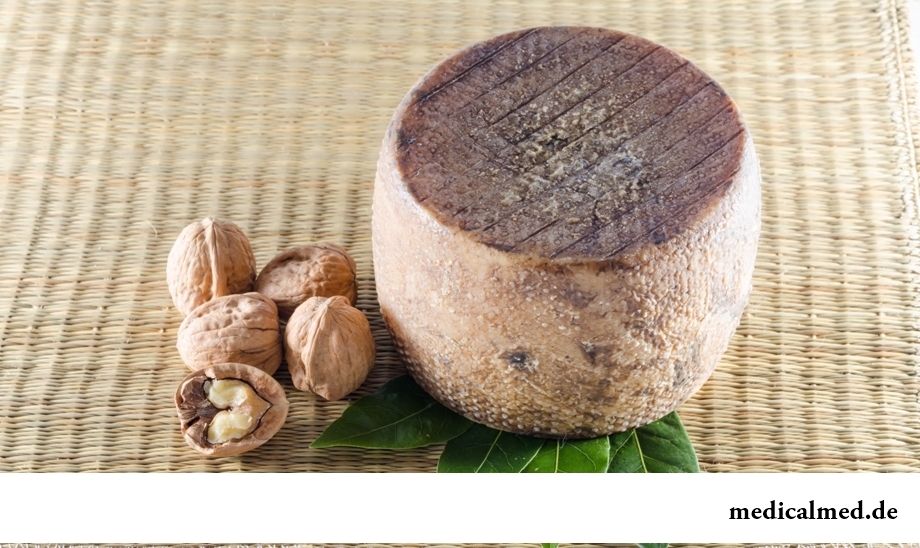
3. Fugue
Contrary to popular belief, the word "fugue" is the name not fishes, and dishes which of it is done. For production of a delicacy there are fishes of family of iglobryukh (most often, brown иглобрюх) living in coastal parts of the Indian and Pacific Ocean. Skin and internals of these fishes contain the most dangerous poison of neuroparalytic action – тетродотоксин. In each small copy of this toxin it is enough to kill about 40 people. Death comes owing to paralysis of respiratory muscles. The antidote capable to neutralize action of a poison, does not exist. The fan of delicacies can expect only urgent hospitalization and connection to the medical ventilator: in this case there is a probability that poison will come out an organism over time.
In spite of the fact that annually from the fugue from an iglobryukh in the world several dozens of people perish, in Japan the dish quite officially is present at the menu of many restaurants. Only the cook who completed the biennial course which passed examination and received the corresponding certificate can train him. Foreigners not often risk to try a delicacy, but among Japanese it is very popular, despite high cost. Fans claim that meat of an iglobryukh has unforgettable taste, and crude the fugue (boiled and fried options meet) causes pleasant slackness and easy euphoria. Physicians consider that the microscopic quantity of a tetrodotoksin remaining in fish after the correct cutting can have such effect.
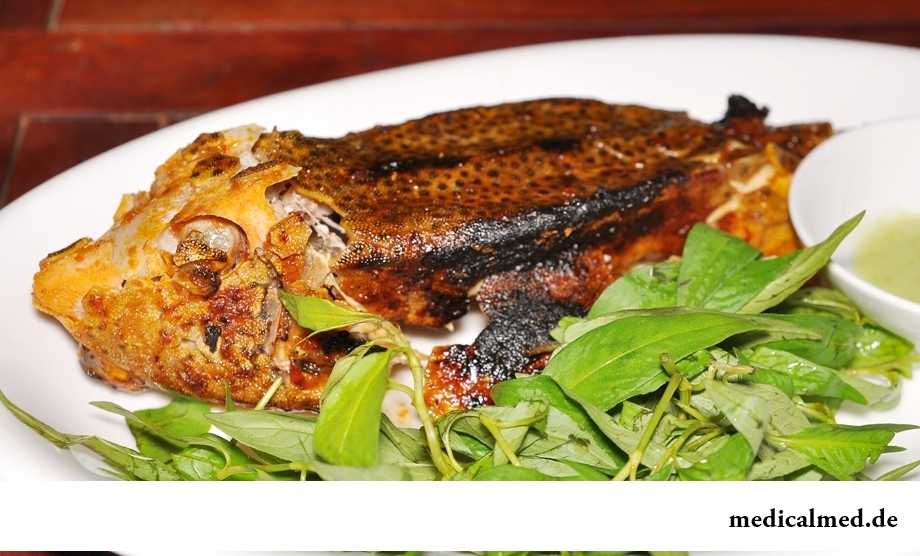
4. Absinthe liqueur
The strong drink consisting of alcohol (in classical option – more than 70%) and extracts of herbs (a camomile, a hyssop, an angelica, a dittany, mint, an acorus, a melissa, fennel, an anise, a liquorice, a coriander, parsley and a bitter wormwood). It was invented as medicine, and it was really used in the first half of the 19th century for protection of the French soldiers against tropical diseases during colonial wars. Later became a subject of general hobby in many European countries and the USA.
Danger of the use of absinthe liqueur is connected with existence in its composition of the extract of a bitter wormwood containing туйон – the toxic agent possessing exciting and hallucinogenic action. In a combination to alcohol bystry and very unpleasant effect is gained: the person becomes irritable, shows unmotivated and uncontrollable aggression. Regular reception of drink leads to development of depressions and psychoses. Fear that distribution of absinthe liqueur will lead to fatal effects for a gene pool, led to prohibition of its production and the use in Italy, the USA, Germany, Switzerland, Belgium, Bulgaria and France. Restriction existed till 80th years of the last century. Now in the majority of the countries sale of this drink and cocktails which support him is allowed provided that the maintenance of a tuyon in absinthe liqueur will not exceed 10 mg/kg.
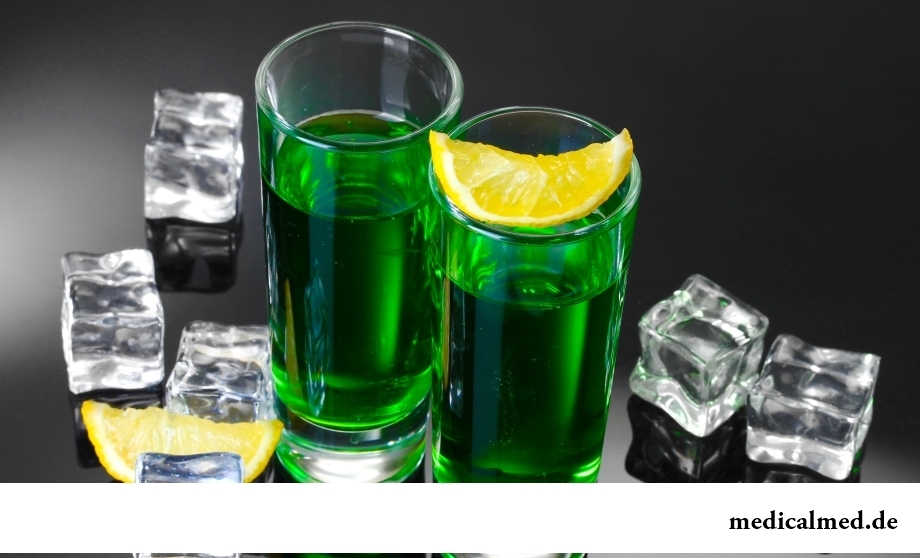
5. French cheese of brie
One of the most known and popular soft cheeses. It is made of cow's milk. In the course of maturing of a head become covered by a specific white mold which goes to food too. Now there is a set of kinds of the brie which are made not only in the central regions of France (where it was invented), but also in many European countries.
This cheese in itself not only is not dangerous, but is even useful, and its taste (according to experts), is extremely original and pleasant. The problem is that the product very quickly spoils. Therefore brie can consider safe only if it is acquired in that place where it is made. Besides, at the use of cheese of brie infection with listeriosis as initial raw materials for its preparation is not pasteurized milk is not excluded.
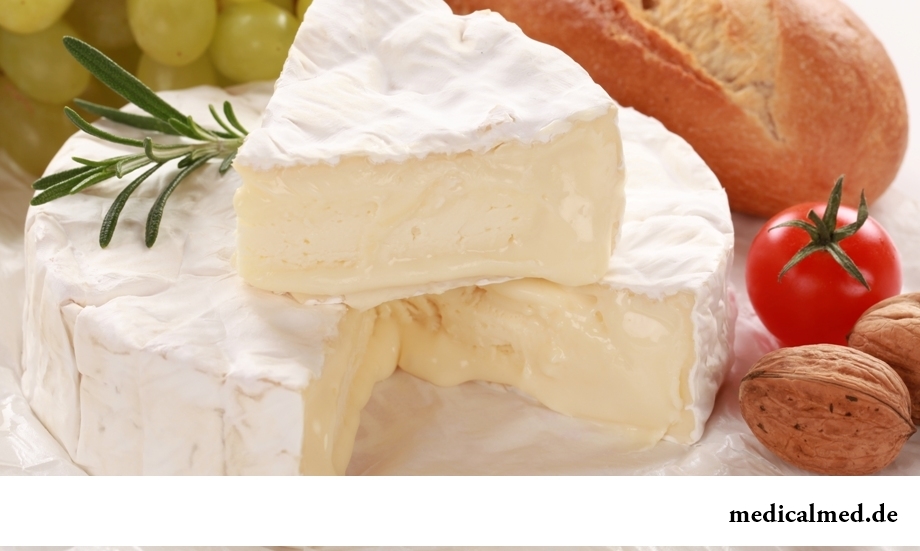
6. Sassafras
Leaves of this plant differently called by the American laurels long time were used as seasoning or for preparation of drinks. North American Indians considered that they have the anesthetizing effect.
In the middle of the last century scientists established that leaves of a sassafras contain safrol which is strong carcinogen. Now use of this plant in the culinary purposes is forbidden.
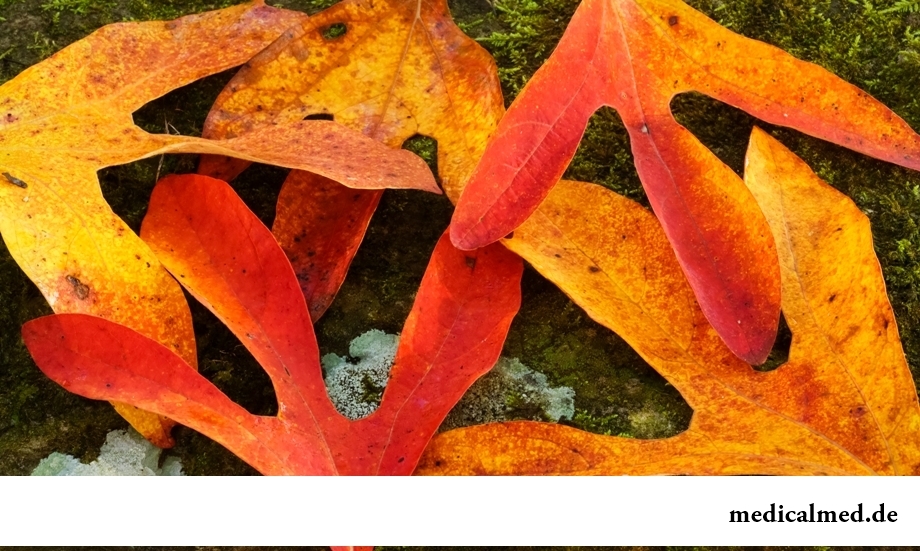
7. Haggis
Dish of the ethnic cuisine, centuries enjoying wide popularity in Scotland. Prepares from the mutton giblets welded in the cover made of the cleaned stomach. Haggis is a traditional element of a festive meal which annually is served at birthday of the famous poet Robert Burns (on January 25) who sang of this dish in the verses, and very esteemed by Scots.
Apparently, during an era of the great bard people had no idea of such disease as mad cow disease. In 1989 U.S. authorities were prohibited to be included хаггис in the menu of restaurants for fear that mutton giblets can become a source of this most dangerous infection. However, the love of Scots to the well-known national delicacy did not decrease at all: in the homeland of Burns хаггис is still on sale at all restaurants and shops.
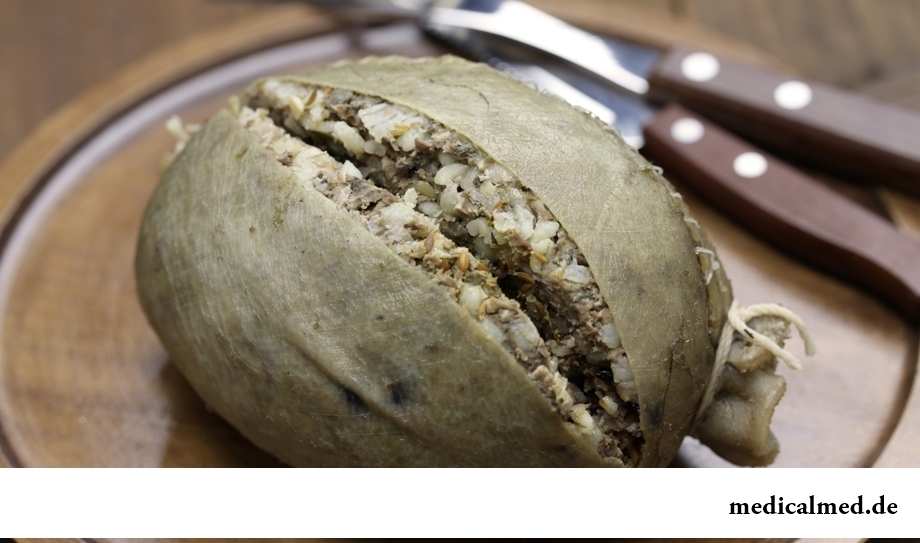
It is useful to get acquainted with kitchens of the different people and it is pleasant. At respect for elementary care this occupation can quite become a source of new impressions and not do harm to health.
Caries is the most widespread infectious disease in the world to which even flu cannot compete.

History of use of an anesthesia during operations contains more than 160 years. Annually in the world hundreds of thousands surgical вм are carried out...
Section: Articles about health
At this plant there are a lot of names: tuberiferous sunflower, Jerusalem artichoke, solar root, earth pear. Contrary to popular belief, it is not an exotic plant at all. The wild girasol grows in a midland of Russia practically everywhere: at the edges of roads...
Section: Articles about health
Helminthosis is one of the most widespread diseases. Statistically, any species of helminths infected every third inhabitant of the planet. Most of specialists even consider these data strongly underestimated: some uninvited "cohabitants" do not cause the carriers serious troubles, and patients just do not see doctors. The situation is aggravated also with the fact that people know about specifics of similar illnesses very little. At many presence of worms is strong ассоциир...
Section: Articles about health
Statistically, can only one of ten of our compatriots brag of a decent condition of an oral cavity. On среднестатистич...
Section: Articles about health
Is told about advantage of domestic animals for development of the child much. But many parents nevertheless do not hurry to bring pets as are afraid that they can do harm to health of children. What troubles can really trap kids and how to make with...
Section: Articles about health
More than a half of the married couples which faced prostatitis – leave. The new broadcast "Female View of Prostatitis" will help to learn – whether you have or your relatives problems....
Section: Articles about health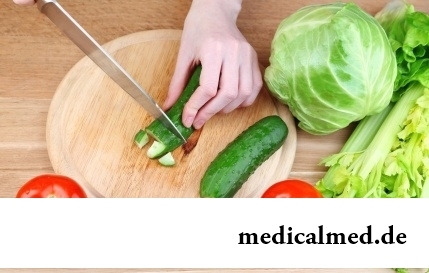
Very often as a source of the infection which caused a disease serves our house - the place which a priori has to be safe. However...
Section: Articles about health
The problem of diagnosis was and remains to one of the most important in medicine. From that, the reason of an indisposition of the patient will be how precisely defined, eventually success of treatment depends. In spite of the fact that the majority of the diagnostic methods applied in about...
Section: Articles about health
Such trouble as the milkwoman's attack, at least once in life happened almost to each woman. Prevalence of a disease is explained by the fact that the causative agent of an illness belongs to the so-called opportunistic microflora living on mucous membranes of any human body and which is becoming more active only under favorable conditions. If you had curdled allocations from a vagina, the itch and burning in external genitals, or painful feelings disturb at sex...
Section: Articles about health
Practically each person is familiar with the annoying, pulling, unscrewing pains caused by overcooling of muscles of a back. In некото...
Section: Articles about health
Shops of household appliances offer us the huge choice of various devices for the house. Whether there are among this abundance devices which not only facilitate house work, but also help to keep health of the person? Of course, and we will tell about them today....
Section: Articles about health
We present to yours the TOP of the medicamentous means exerting the stimulating impact on a potentiality, i.e. on ability of the man to commission of sexual intercourse. At once it is necessary to tell that not always disturbances of erectile function can be eliminated with reception of this or that drug. The reasons of decrease in a potentiality there can be a set, from banal overfatigue before tumoral process in a small basin therefore if the man faces similar problems too often, it should turn...
Section: Articles about health
Scientists always aimed to offer fundamental explanations for medical problems. Their theories formed the basis of modern methods is treated...
Section: Articles about health
Use of medicinal plants in therapy is urgent today, more than ever. The drugs made of curative herbs cannot replace completely modern synthetic drugs, but their use becomes frequent serious help in simplification a leak...
Section: Articles about health
80% of women at least once to lives complained of discomfortable feelings to breasts, consolidations and nagrubaniye. These are mastopathy symptoms. The mastopathy is characterized by change of a ratio between ferruterous and connective tissue tissues of mammary glands. It can lead to formation of cysts (a cystous mastopathy), gland consolidation (a fibrous mastopathy), or a combination of these processes (a fibrous and cystous mastopathy)....
Section: Articles about health
Household skills which to us so diligently imparted in the childhood it appears, not always bring only benefit. According to result...
Section: Articles about health
Doctors claim that the people not so familiar with a dorsodynia occur among adult Russians very seldom. At the same time the vast majority of the patients who are periodically testing this indisposition do not hurry to ask for medical care at all. With one St...
Section: Articles about health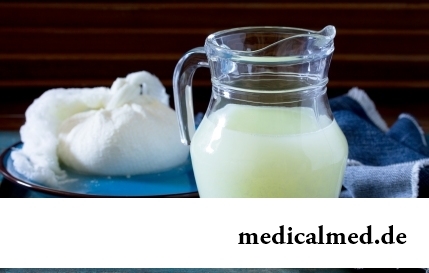
Milk and products of its processing by right occupy one of the main places in a diet of the modern person. They contain proteins, necessary for normal life activity, fats, vitamins and microelements, and are an important part of various medical diets....
Section: Articles about health
Dark circles (bruises) under eyes – a shortcoming with most of which often fight against the help of cosmetics (proofreaders, salons...
Section: Articles about health
Work of a brain is extremely complex and in many respects is not studied yet. It is confirmed also by the features of thought processes which are shown when the person sleeps. Let's tell about some of them....
Section: Articles about health
Several decades ago the basil (the district khan, реан, Reagan) was considered as a part of the Caucasian or east cuisine, but today it strongly took the place on tables of Russians. Greens of this plant possess a strong, pleasant smell and specific fresh taste because of which it is included almost in all dry mixes of spicy herbs, and also give to meat and fresh fish dishes....
Section: Articles about health
Many parents of children at the age of 2-4 years face excessively whimsical behavior of the child. The kid exhausts constant crying...
Section: Slideshow
One of the major chemical processes happening in a human body are oxidation reactions. They go with participation of fats and carbohydrates which we receive from food, and the oxygen getting to us from air. A main goal of such reactions is it is received...
Section: Articles about health
High temperature - a frequent symptom of such widespread diseases as a SARS, quinsy, pneumonia, etc. To reduce heat, having facilitated a condition of the patient, doctors recommend to accept antipyretics, however their use is not always possible. Too frequent use of these drugs can lead to allergic reactions, and also overdose, causing poisoning. It happens also that there are no antipyretics simply in the house. In these situations it is pertinent to use it...
Section: Articles about health
Diseases of joints often begin imperceptibly for the person. The first stages of destruction of the cartilaginous tissue providing soft and свободн...
Section: Articles about health
Eyes – one of the most vulnerable areas on a face therefore age changes concern them first of all. Whether it is possible to keep look youth for many years and what procedures are offered for achievement of this purpose by cosmetologists? And maybe, only thing of a vari...
Section: Articles about health
The words "disease" and "patient" not without reason come from one root – "pain". As a rule, symptoms of illnesses thoroughly spoil to patients life. However from this rule there are exceptions. Some diseases are shown by signs which can cause even positive emotions. It is a pity only that the majority of such illnesses are heavy and incurable....
Section: Articles about health
